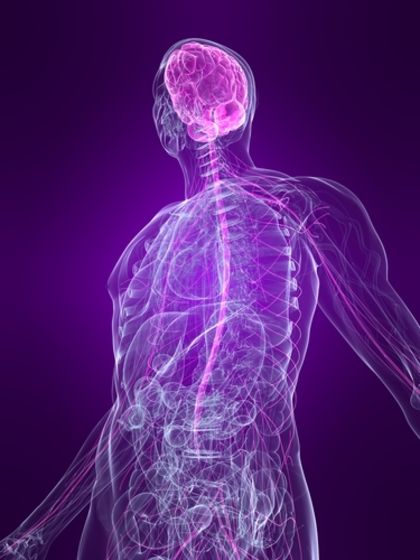7 days to go!
 If we're trying to work out how much his sleigh actually weighs, you need to make a lot of assumptions. Lets say that every child on Earth receives Buzz Lightyears - these have a boxed weight of 1.2kg - in total that's 840,000 tonnes of toys. These require a staggering 5.6 million reindeer to pull. Each reindeer weighs around 600lb - so the whole procession has a mass of 2,363,310.33 tonnes - Santa needs a few more than 7 reindeer!
If we're trying to work out how much his sleigh actually weighs, you need to make a lot of assumptions. Lets say that every child on Earth receives Buzz Lightyears - these have a boxed weight of 1.2kg - in total that's 840,000 tonnes of toys. These require a staggering 5.6 million reindeer to pull. Each reindeer weighs around 600lb - so the whole procession has a mass of 2,363,310.33 tonnes - Santa needs a few more than 7 reindeer!
 If we're trying to work out how much his sleigh actually weighs, you need to make a lot of assumptions. Lets say that every child on Earth receives Buzz Lightyears - these have a boxed weight of 1.2kg - in total that's 840,000 tonnes of toys. These require a staggering 5.6 million reindeer to pull. Each reindeer weighs around 600lb - so the whole procession has a mass of 2,363,310.33 tonnes - Santa needs a few more than 7 reindeer!
If we're trying to work out how much his sleigh actually weighs, you need to make a lot of assumptions. Lets say that every child on Earth receives Buzz Lightyears - these have a boxed weight of 1.2kg - in total that's 840,000 tonnes of toys. These require a staggering 5.6 million reindeer to pull. Each reindeer weighs around 600lb - so the whole procession has a mass of 2,363,310.33 tonnes - Santa needs a few more than 7 reindeer! 




